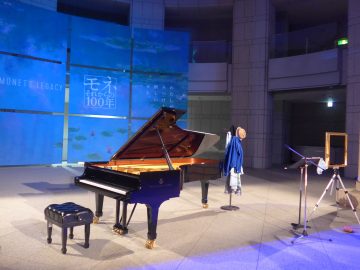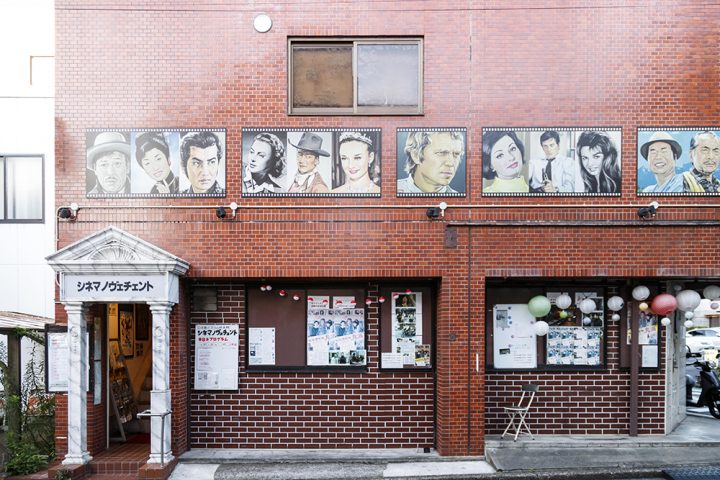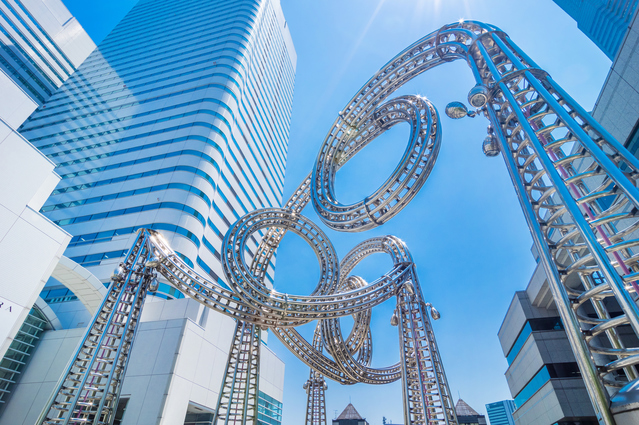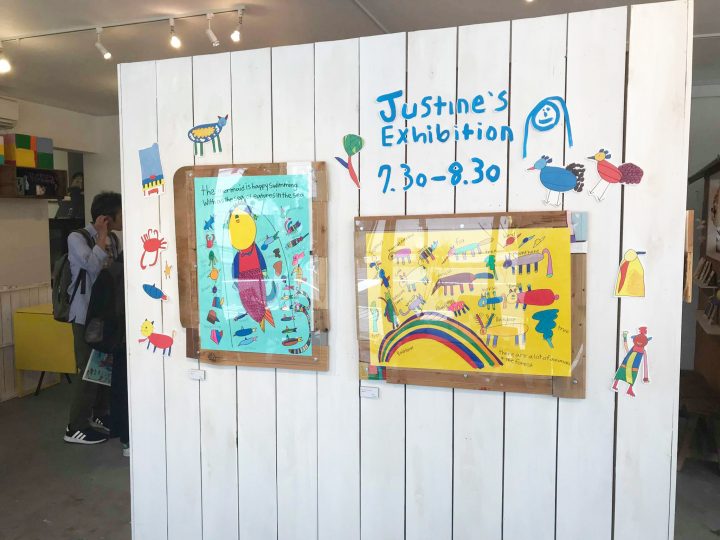An exhibition of two people who loved traditional Japanese culture and lived avant-garde lives
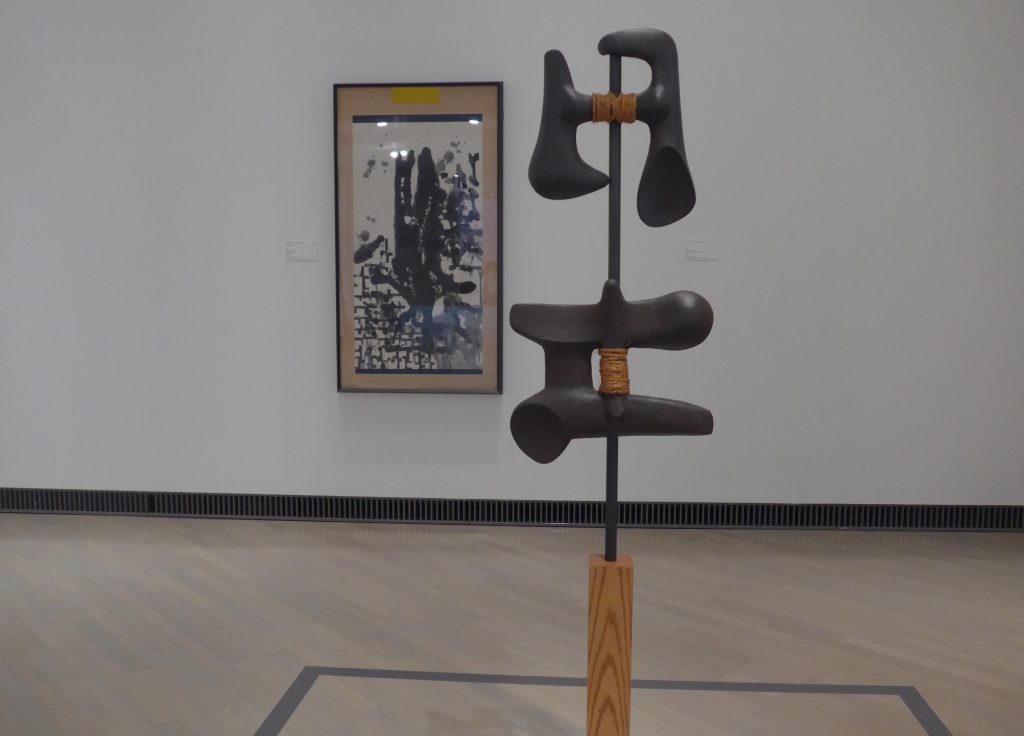
A world of art to visit, see and feel
File.9 Yokohama Museum of Art "Isamu Noguchi and Saburo Hasegawa - What Changes and What Doesn't Change" Exhibition
Miyuki Inoue (Magcal Editorial Department)
Isamu Noguchi's "Akari" series is widely known as a lighting fixture that is still manufactured and sold today. But who was "Hasegawa Saburo"?
The subtitle of the exhibition is "Rediscovering Japan in the 1950s." In the United States, where Noguchi was based, this was the heyday of the "mid-century." I'm sure Hasegawa Saburo also left behind some stylish works. I have a feeling we'll encounter a wonderful world...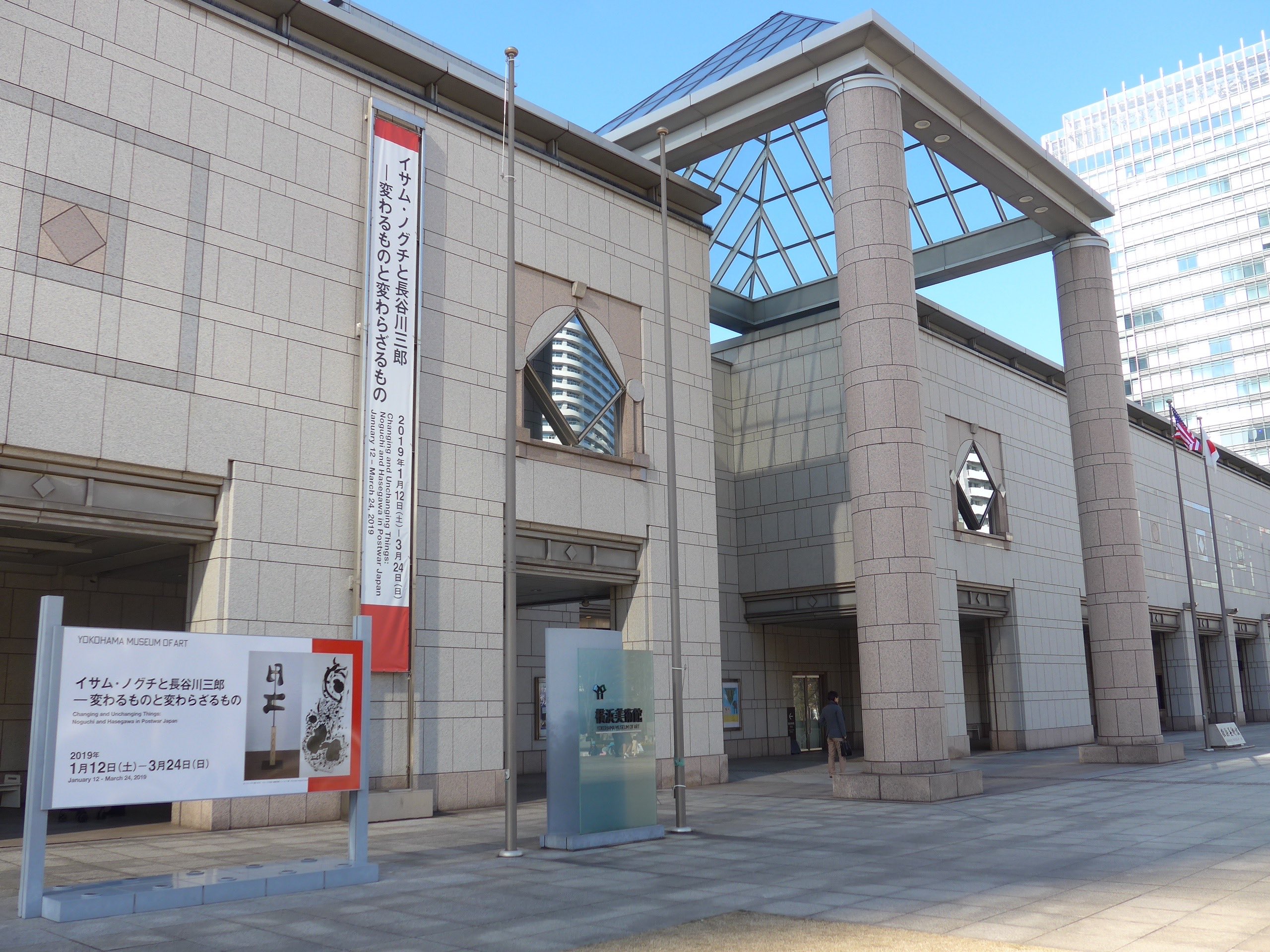 I went to a preview event for the press held just before the exhibition opened. Although gallery talks by curators will be held throughout the exhibition, this was the only day that photography of the exhibition rooms was permitted, so I decided to take part in the event on behalf of our readers, digital camera in hand.
I went to a preview event for the press held just before the exhibition opened. Although gallery talks by curators will be held throughout the exhibition, this was the only day that photography of the exhibition rooms was permitted, so I decided to take part in the event on behalf of our readers, digital camera in hand.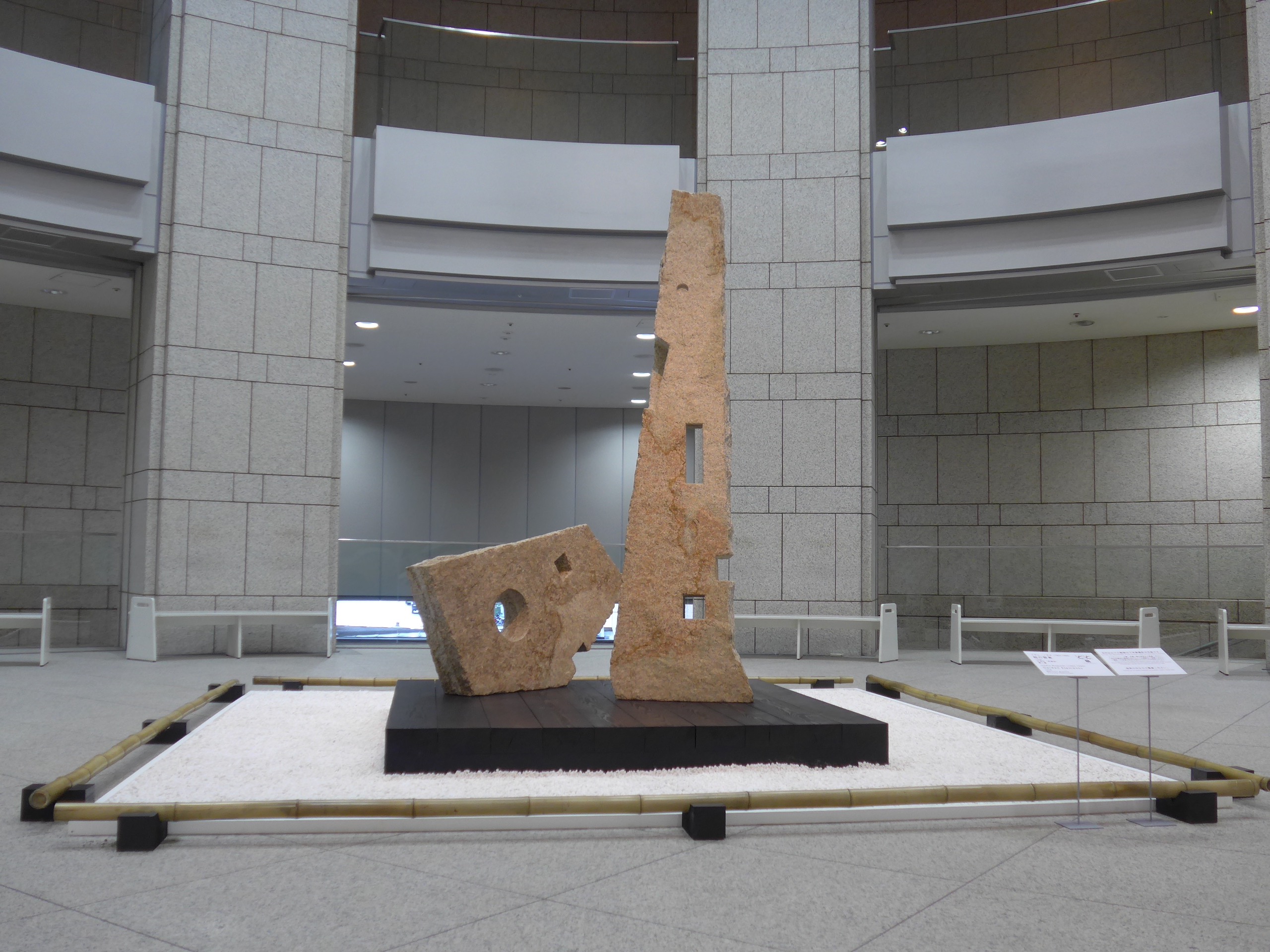 This is Isamu Noguchi's "Garden Elements," which has been on display in the Grand Gallery since Friday, November 16th of last year, ahead of the opening. Made using Mannari stone from Okayama, it is a masterpiece that had not been exhibited for a long time since it was first shown at a solo exhibition in New York in 1959.
This is Isamu Noguchi's "Garden Elements," which has been on display in the Grand Gallery since Friday, November 16th of last year, ahead of the opening. Made using Mannari stone from Okayama, it is a masterpiece that had not been exhibited for a long time since it was first shown at a solo exhibition in New York in 1959.
You can enter up to this point without paying the admission fee, so first take your time to appreciate the artworks in the bright and spacious space. If you're impressed, head to the ticket counter!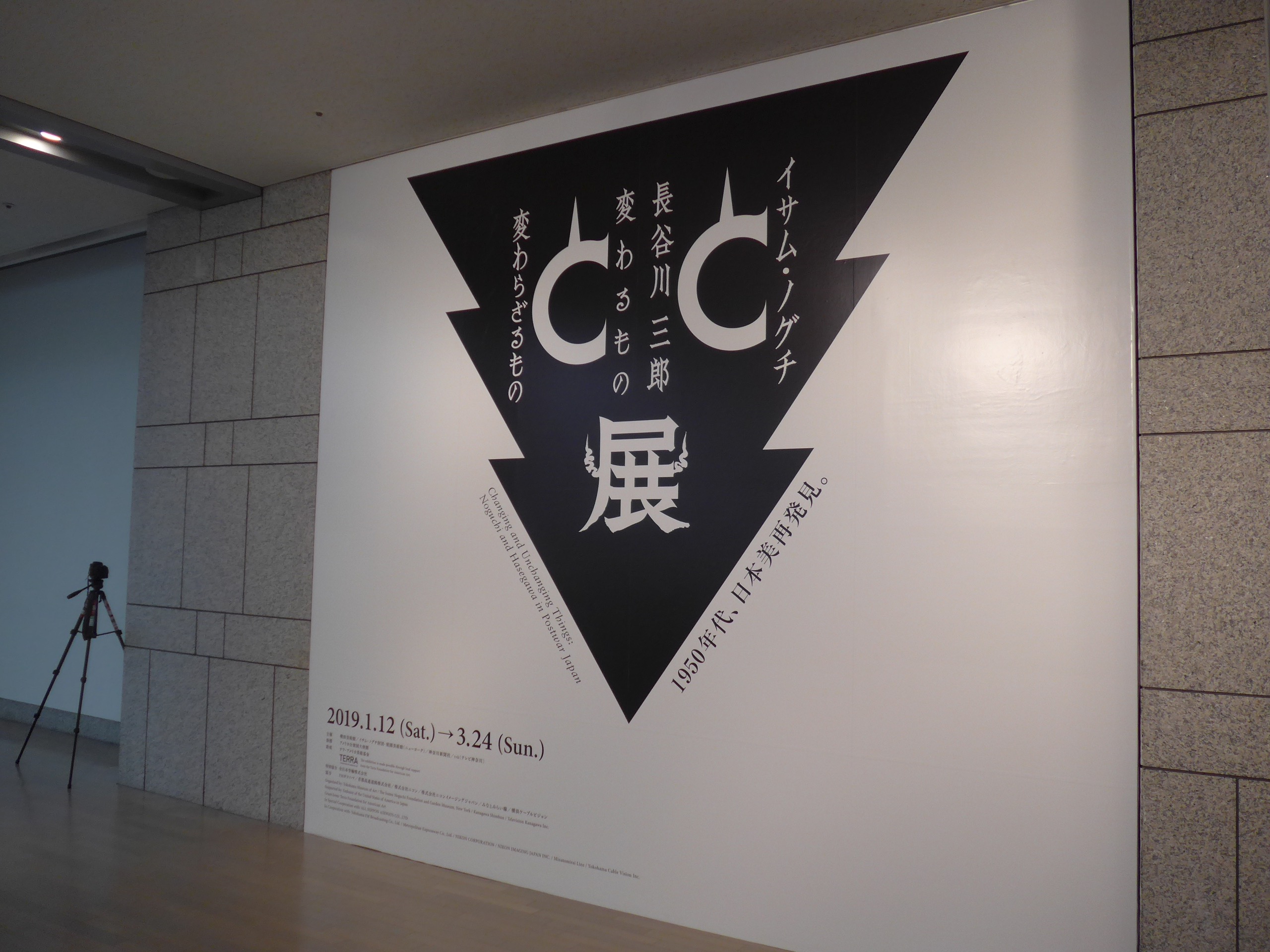 Isamu Noguchi (1904-1988) was born to a Japanese father and an American mother and was a sculptor who was active mainly in the U.S. Saburo Hasegawa (1906-1957) was a painter and critic who studied in Paris in the early 1930s and, after meeting Noguchi, also worked in the U.S.
Isamu Noguchi (1904-1988) was born to a Japanese father and an American mother and was a sculptor who was active mainly in the U.S. Saburo Hasegawa (1906-1957) was a painter and critic who studied in Paris in the early 1930s and, after meeting Noguchi, also worked in the U.S.
The two men met in 1950, shortly after the war—or rather, during the US occupation in Japan—and found a mutual sympathy for each other's ideas. Hasegawa acted as Noguchi's guide, who was planning to travel around the Kansai region to visit ancient cultural heritage sites. Gardens, architecture, ink painting, calligraphy, tea ceremony, haniwa, clay figurines, bronze bells, pottery, haiku, Zen, Taoism, and more. How did the idea of "integrating the old East and the new West," which the two shared from their experiences, come to fruition in their work? I stepped into the exhibition room in the mood to explore a slightly academic world. The exhibition is divided into six chapters and is structured so that the works of Hasegawa and Noguchi can be viewed alternately, sometimes in tandem.
The exhibition is divided into six chapters and is structured so that the works of Hasegawa and Noguchi can be viewed alternately, sometimes in tandem.
Chapter 1. When I first saw Hasegawa's work, I was surprised at how avant-garde it was! It included oil paintings, photographs, collages, prints, and rubbings - it was a total mess. It's a shame that the photos don't convey the "out there" feeling.
Before the war, Hasegawa was involved in the founding of the "Free Artists Association," and after the war, he resumed his activities as a painter by founding the "Japan Avant-Garde Artists Club" in 1947. As can be seen from his career, there was an ultra-avant-garde world there that does not feel outdated even when viewed today.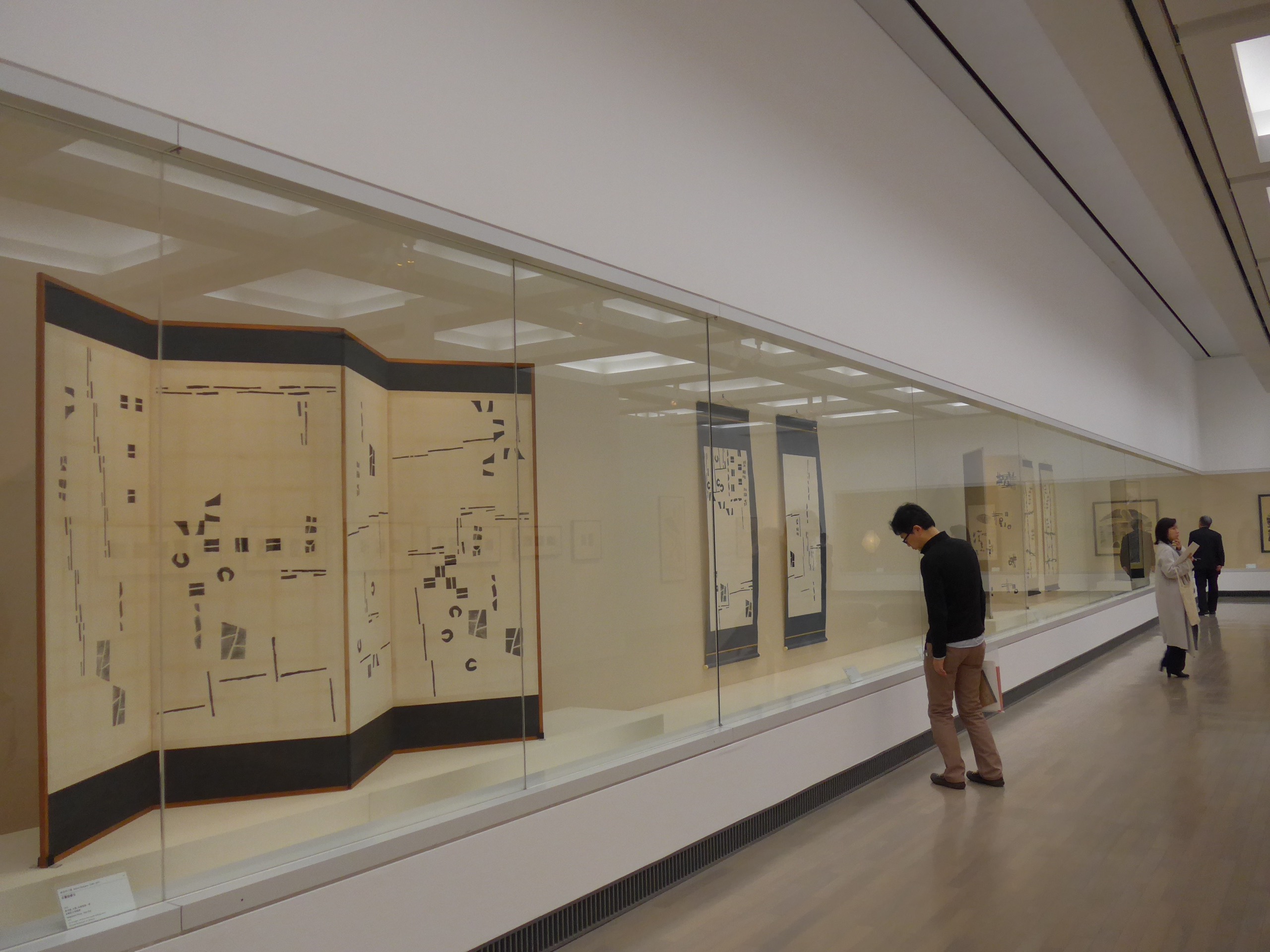 I regretted not knowing that such a cool person existed and apologized for my lack of knowledge... After meeting Noguchi, Hasegawa moved to the United States. He moved his base of operations to the US and died there at a young age shortly thereafter, so he was apparently almost forgotten in Japan.
I regretted not knowing that such a cool person existed and apologized for my lack of knowledge... After meeting Noguchi, Hasegawa moved to the United States. He moved his base of operations to the US and died there at a young age shortly thereafter, so he was apparently almost forgotten in Japan.
Meanwhile, in the United States, he held solo exhibitions and lectures in New York, and after moving to the West Coast, he was a darling of his time, influencing artists of the Beat Generation. However, since his death, he has hardly been mentioned at all, for the reason that he was "not American."
It's a shame that it's just a story that seems to be true.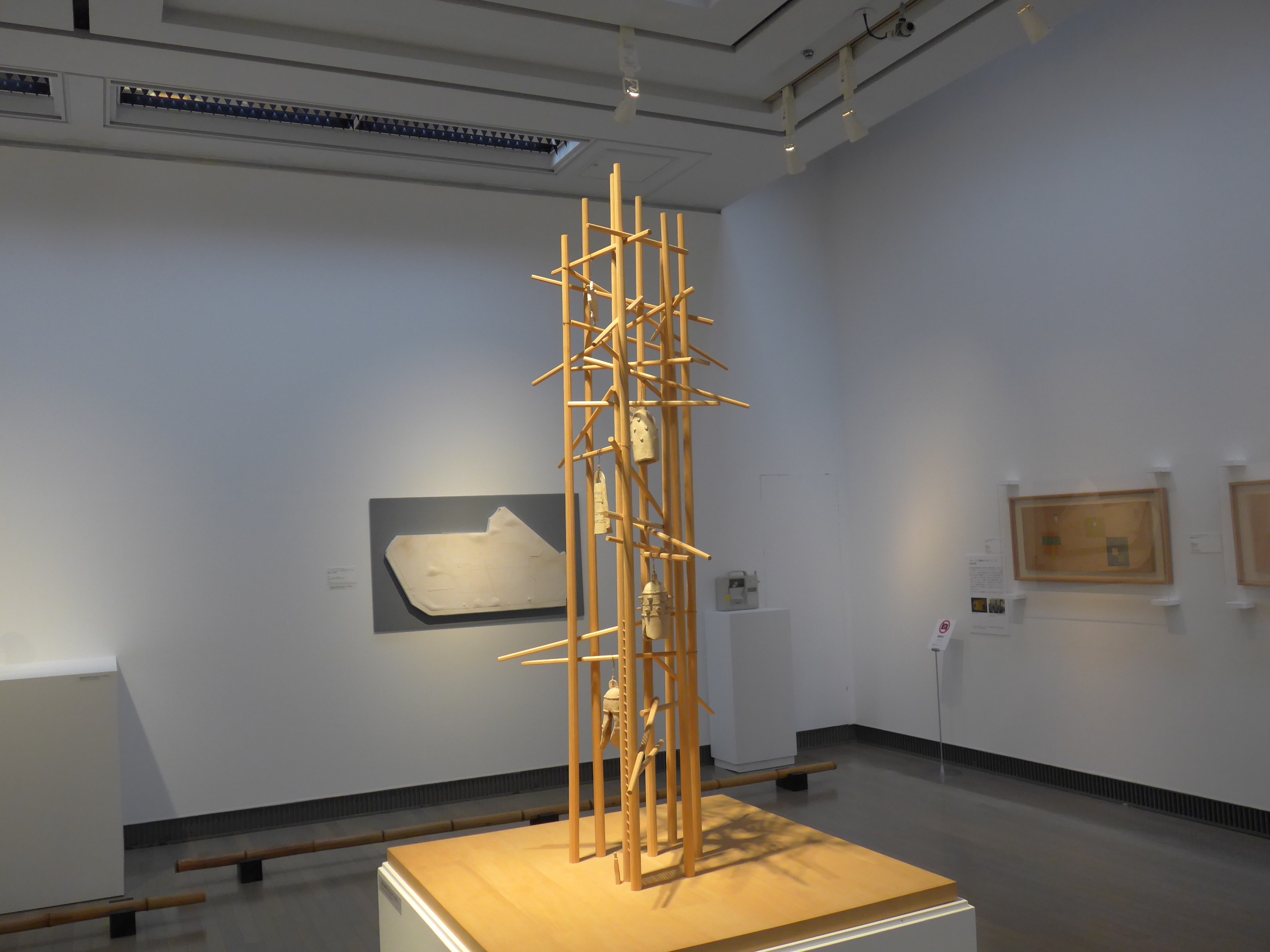 As I ponder the relationship between these two artists, who travelled between the East and the West in their creative endeavours and influenced each other from their respective positions, I come across the term "globalisation," which has become popular in recent years. Perhaps long before such a term was coined, they were struggling to understand the world. The meaning of the title, "What changes and what remains the same," may lie much deeper.
As I ponder the relationship between these two artists, who travelled between the East and the West in their creative endeavours and influenced each other from their respective positions, I come across the term "globalisation," which has become popular in recent years. Perhaps long before such a term was coined, they were struggling to understand the world. The meaning of the title, "What changes and what remains the same," may lie much deeper.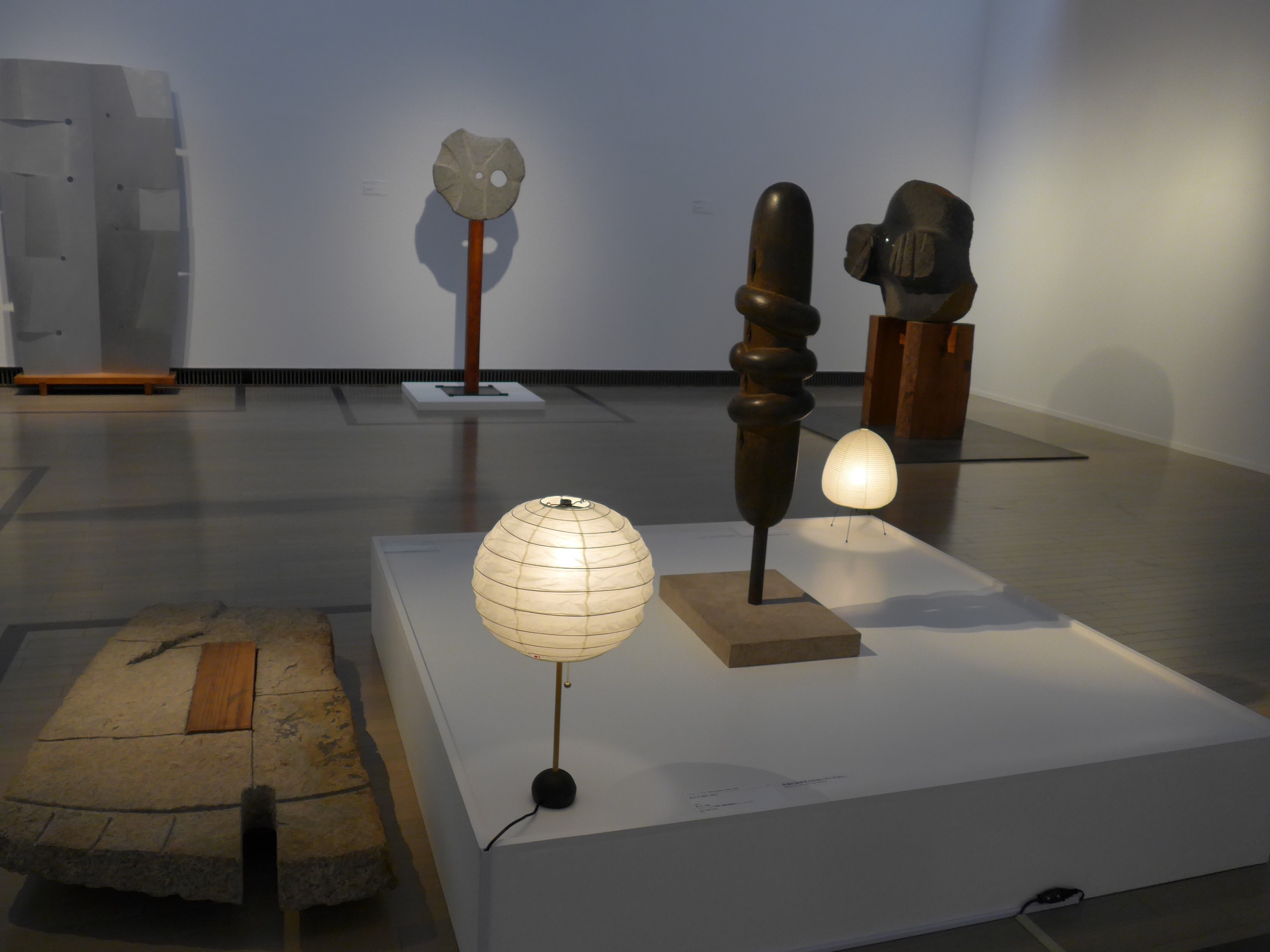 This is Chapter 6, a group of works created after 1954 by Noguchi inspired by Eastern and Japanese culture. The familiar "Light" and "Garden Elements" exhibited in the Grand Gallery also belong here.
This is Chapter 6, a group of works created after 1954 by Noguchi inspired by Eastern and Japanese culture. The familiar "Light" and "Garden Elements" exhibited in the Grand Gallery also belong here.
Perhaps because there are many opportunities to encounter Noguchi's work even in Japan today, this exhibition room somehow felt calming. Perhaps I was unconsciously nervous, encountering values that were new to me.
In addition to the appeal of the artworks themselves, this exhibition will also move you with its social themes of "intercultural exchange" and "globalization." During the exhibition, there will be events featuring a variety of guest speakers, so be sure to use your five senses to experience "what changes and what remains the same."
This event has ended.
"Isamu Noguchi and Saburo Hasegawa - What Changes and What Doesn't Change"
Period: Until Sunday, March 24, 2019
Venue: Yokohama Museum of Art
Opening hours: 10:00-18:00 *Until 20:30 on Saturday, March 2nd
(Last admission 30 minutes before closing)
Closed: Thursdays, March 22nd (Friday) *Open on March 21st (Thursday, national holiday)
